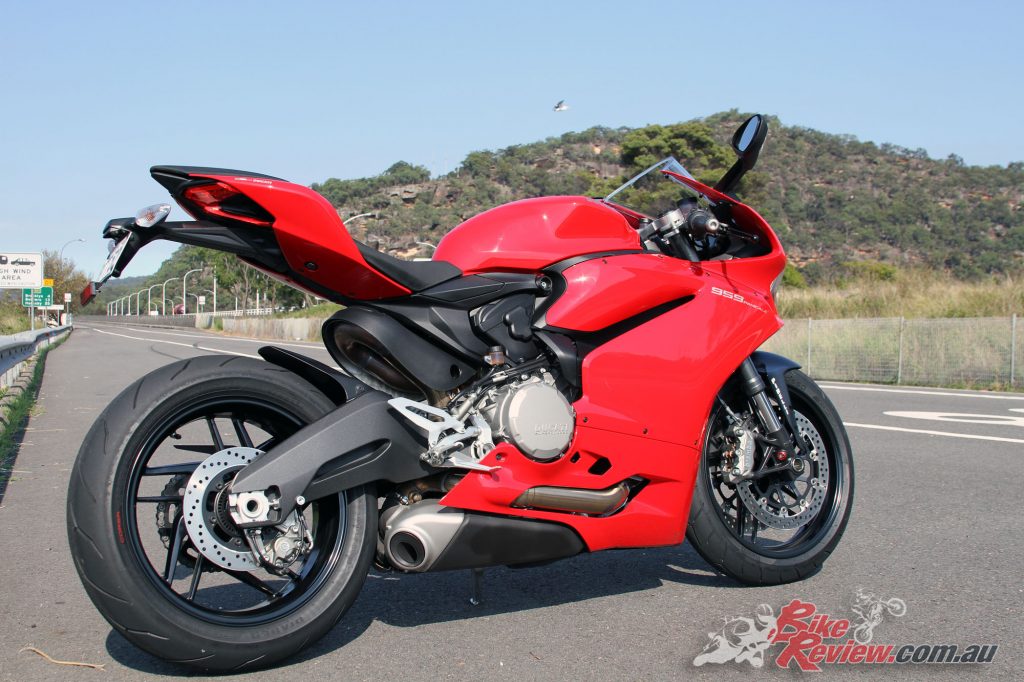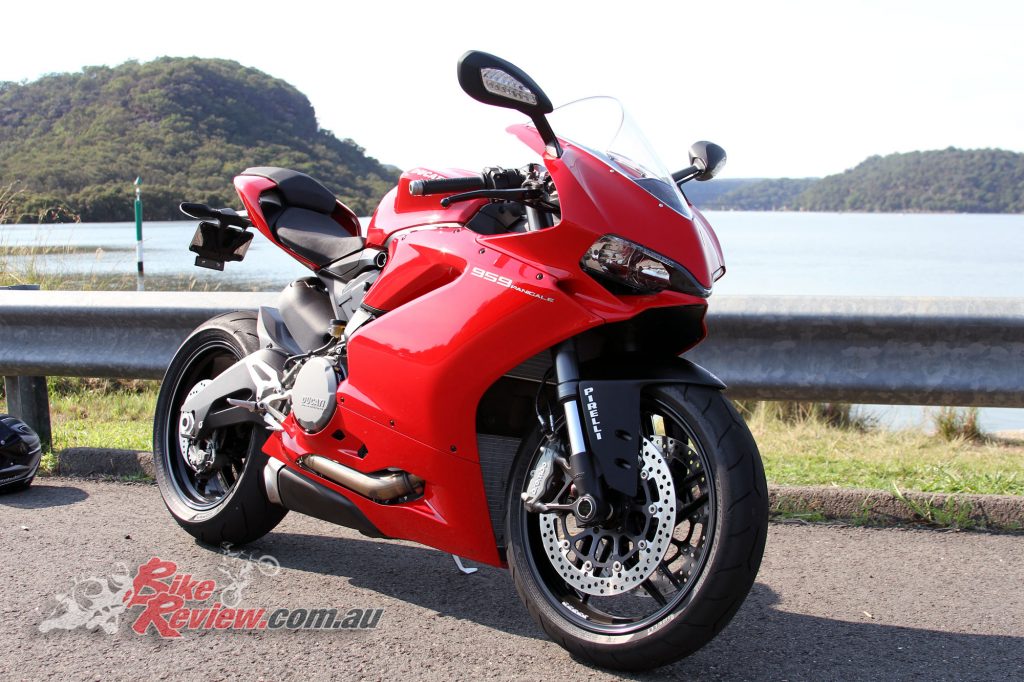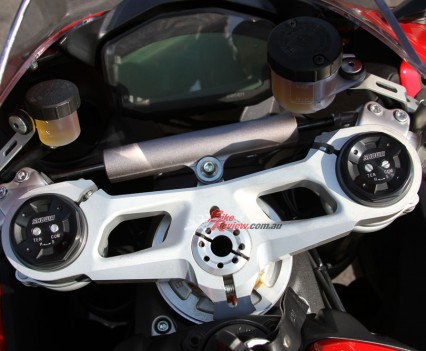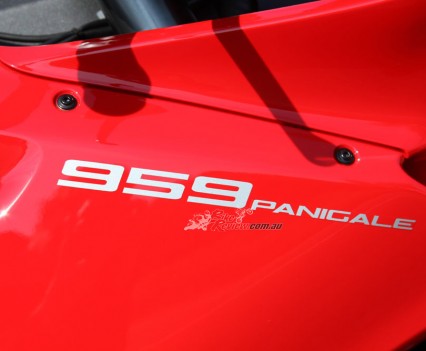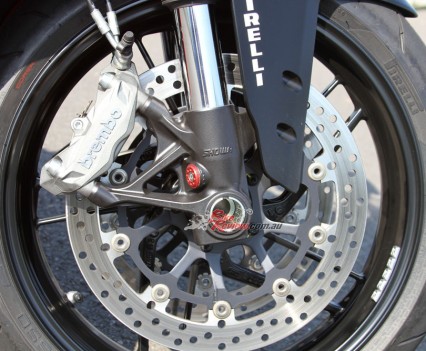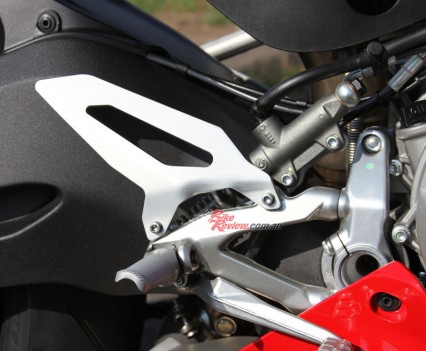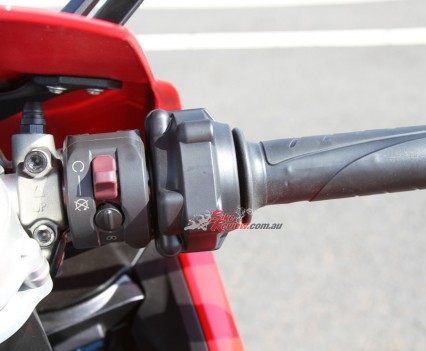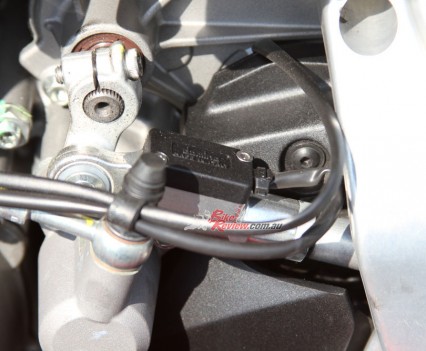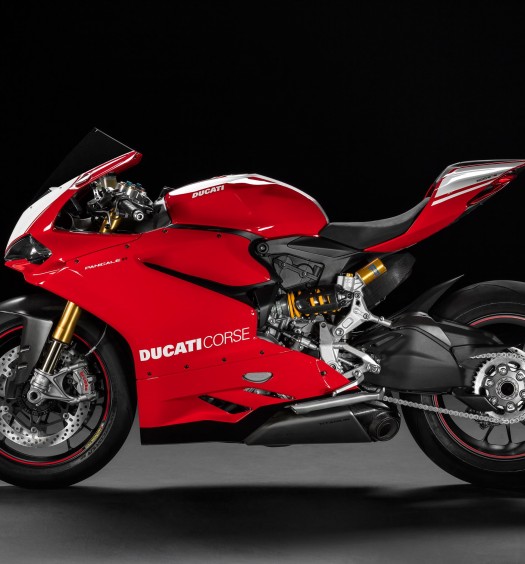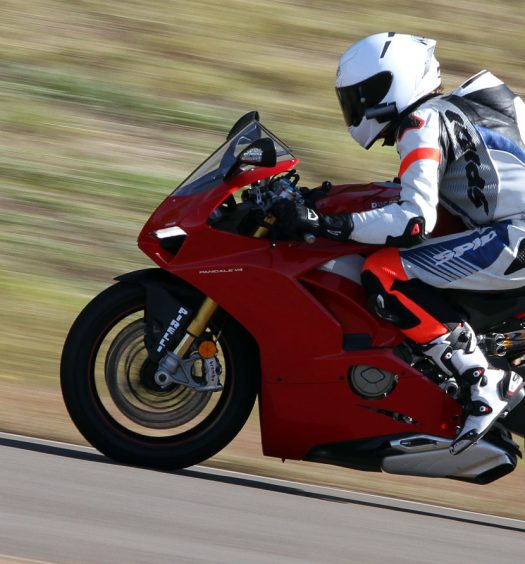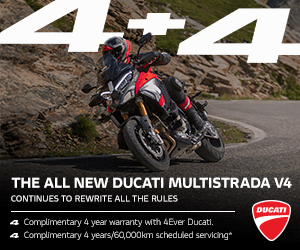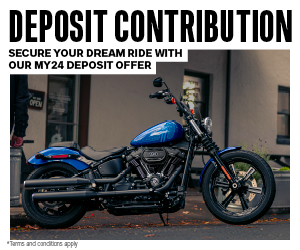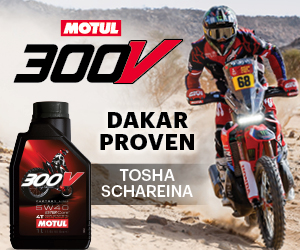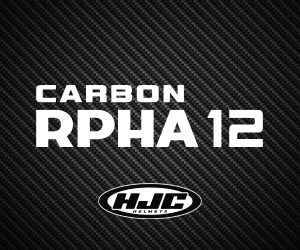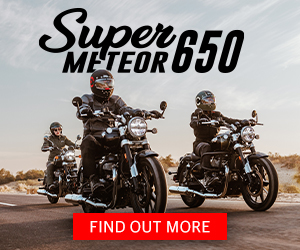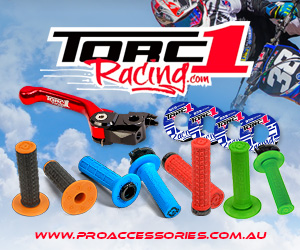Review: 2016 Ducati 959 Panigale
2016 Ducati Panigale 959 Review. Test by Jeff Ware, Tony Wilding Photography by Tony Wilding, Kris Hodgson
I’ve never made it a secret that the Ducati 899 Panigale is and always will be one of my all time favourite motorcycles. I first rode the bike way back in 2014 at Imola in Italy, then hit Ducati up for one of my own for 2015, which was a fabulous bike I rode every day for six months.
As much as I love big power and the (at the time) hit of the 1199 it was fairly unrefined then before the 1299 came along and the big Panigale was a handful on the streets, while being a missile and very competitive on track. Here is my Ducati Pangale 959 review.
 With a huge combustion chamber and a single plug head on each cylinder the 1199 was rough below 5000rpm and very explosive through the power range. The 1299, though still a single plug, is silky smooth in comparison.
With a huge combustion chamber and a single plug head on each cylinder the 1199 was rough below 5000rpm and very explosive through the power range. The 1299, though still a single plug, is silky smooth in comparison.
Still, Ducati needed a more street oriented supersport bike and one for the rider, like me, that enjoys pushing a bike to the limit and getting the best out of it rather than hanging on for the ride and trying to find traction.
A 100 x 57.8mm bore and stroke gave us the 899. It also had a double-sided swingarm and Mitsubishi EMS rather than Marelli. The suspension and geometry were altered to make the 899 a brilliant road bike and it was never developed for track use at all. What we ended up with was an almost perfect street and track day sportsbike that really should have ended up with a cult following but there are too many riders that crave capacity. A shame it kind of missed out on reaching what I feel could have been huge had more bums got on seats…
The 959 is the 2016 version of the 899 and there are only minimal changes, the main one of course being a capacity increase. However, these changes have made a big difference to the personality of the bike…
 Exactly why Ducati have built the 959 is not 100 per cent clear. There are a number of reasons I can think of, such as the new Euro4 laws robbing power – so a capacity increase was a fight against that loss, which may have brought the 899 down too far. Secondly, the stroke length is now identical to the 1299 so production costs are reduced now that the 959 and 1299 share the same crank and conrods.
Exactly why Ducati have built the 959 is not 100 per cent clear. There are a number of reasons I can think of, such as the new Euro4 laws robbing power – so a capacity increase was a fight against that loss, which may have brought the 899 down too far. Secondly, the stroke length is now identical to the 1299 so production costs are reduced now that the 959 and 1299 share the same crank and conrods.
Ducati state that they wanted to make the 899 more exciting and more versatile.
You can read our tech breakout below to understand the changes to the engine and chassis, plus to get a good overview of what makes this bike.
In short though, the capacity is up, power up by 6kW, torque up by 5Nm, ABS standard, weight up by 7kg and wheelbase reduced by 5mm. The swingarm pivot point is 4mm lower than that of the 899, there are now no pillion ‘pegs anymore so it is solo going, which is a good thing for a sportsbike. It also has EBC (Electronic Brake Control).
So is the 959 better than the 899? Keep reading…
959 Panigale – The Ride
My first impression as I hop on the 959 is that I can’t tell any difference really to the 899. There are some small subtle frontal area changes and the seat height is the same but the overall height up, I’m guessing that’s the top of the mirrors.
I’m happy that the bike feels familiar and the same. The 899, 1199, 1299 – the Panigale range over the years – really are nice ergonomically.
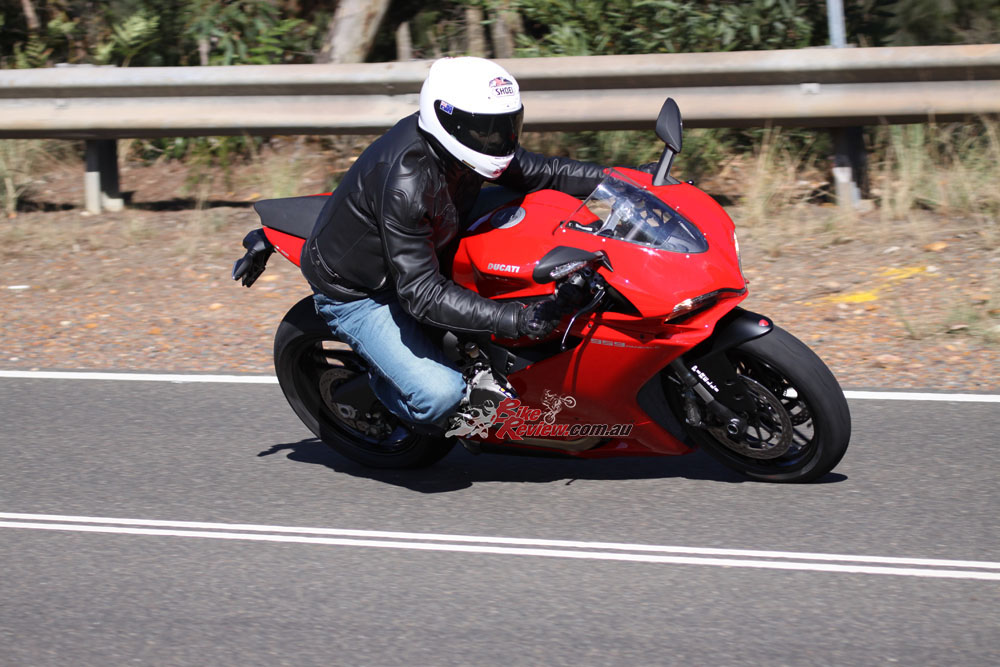 I familiarise myself with the dash and switchegear, and there is always a lot to take in on a modern sportsbike.
I familiarise myself with the dash and switchegear, and there is always a lot to take in on a modern sportsbike.
There are the three preset Riding Modes to choose from, Race, Sport, Wet (see breakout), or you can individually set the DTC, DQS, EBC or ABS but I would not bother as Ducati have it sorted. I start in Wet as it is raining…
There is also Menu1 with ODO, Trip1, Trip2, Trip Fuel Res, Trip Time. Clock, Lap Time, plus Menu2 with Air Temp, Inst Fuel Cons, Av Fuel Cons, Av Speed (wipe the latter often).
I fire the bike up and it settles into a fast idle for warm up before relaxing. It sounds slightly more aggressive than the 899 and a bit lumpier.
Heading off in the rain I settle quickly. Like the 899, the 959 is comfortable and has a road friendly seat more than a track focussed plank. The screen offers some protection and the ride position gives control. It’s super narrow between the knees with wide ‘bars. ‘Peg to seat distance is good for me at 183cm. Like the 899, the 959 is smooth and nice to ride in an urban environment on the way to the hills. I head through town and as it dries up I go West into the mountains.
Hovering at around the 90ºC area the 959 is running a little hotter than the 899 did in similar weather and conditions. It also has a more aggressive feel but there is not much in it at these low rpm speeds.
The 100hp Wet Riding Mode is of course underwhelming and the smoothness of the engine is not ideal in Wet either, so even in the rain I prefer the Sport setting, which offers full power a nice throttle connection and more DTC and ABC than race.
It’s here that I start to explore the 959 Superquadro powerplant and the change is instantly noticeable. Off bottom end there is now a stronger surge in torque and that builds all the way to the very top end where, although the 959 feels slightly more potent than the 899 did, it is the getting there that impresses. The longer stroke has given a more urgent acceleration and stronger surge of power that is superbike-like.
So the 959 no longer has the character the 899 did, in terms of the way it was unintimidating in power delivers. It is more explosive and aggressive now but not of course as aggro as the 1299. I would no longer call it a middleweight bike though – it has the power and acceleration of a superbike now even though it is only 10-horsepower and the bike is seven kilograms heavier, it is the way the bike makes power that ups the ante.
Don’t get me wrong – this is still the bike of choice for me on the street out of the 1299 and 959 but it is now closer to superbike than supersport.
In Race mode, which is where I end up leaving it once I try it, the 959 is off the planet quick and extremely rewarding to ride. There is drive on tap anywhere and the connection between the throttle and the back wheel is instant and improved over the 899. The exhaust note is sharp and I would not change the exhaust or tuning at all…
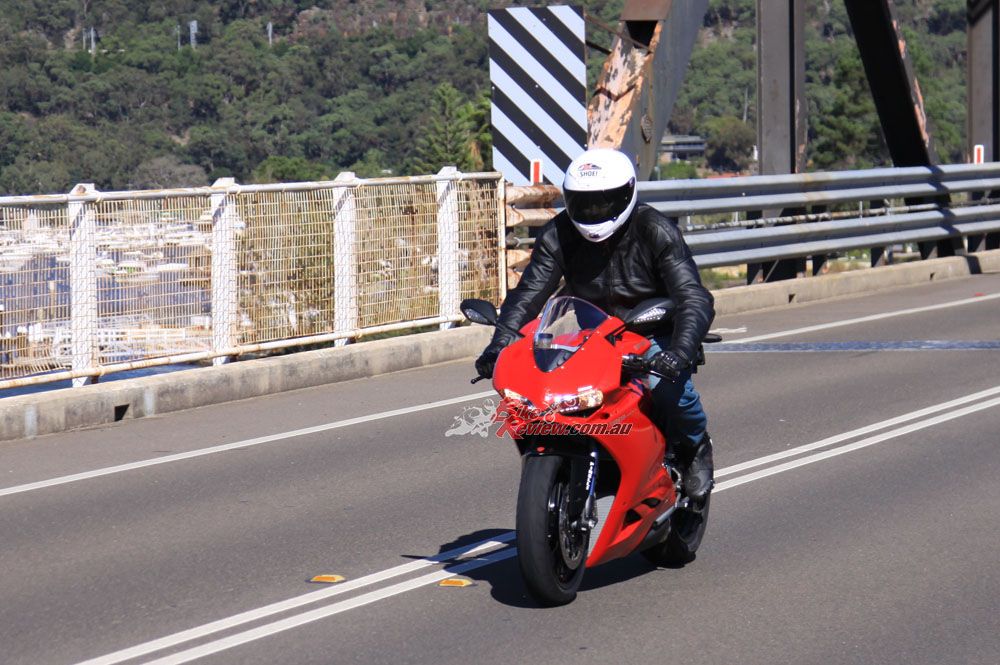 The gearbox is slick shifting via the DQS and the ratios suit the 959 engine. Of course the overall gearing is tall but it’s fine and gives some good economical running on the freeway.
The gearbox is slick shifting via the DQS and the ratios suit the 959 engine. Of course the overall gearing is tall but it’s fine and gives some good economical running on the freeway.
Handling is brilliant. As I carve through my local mix of bumpy and smooth twisties the 959 proves it is a brilliant road sportbike. The 180-section rear tyre really makes a difference to the cornering feel and performance over the larger tyre fitted to the 1299. The swingarm pivot point has been moved 4mm and also contributes to the feel of the bike off turns, along with a more (1 per cent) rearward bias weight distribution.
The softer than a 1299 suspension soaks the bumps but I did have to back off the fork comp and rebound to take the edge off. I wanted to adjust the shock also – as it was a tad firm – but could only adjust comp, as I had no toolkit, which is normally under the tail unit cover. Luckily the ignition key doubles as a screwdriver… On my own 899 last year I actually went harder in the settings so that is interesting. Same road, same tyres…
As to be expected on a Ducati the brakes are top spec and perform as good as they look. Initial bite is strong and there is intimate feel at the lever through the progressive modulation braking into a turn, where I found I could really test the limit if the front Pirelli Diablo Rosso Corsa.
Overall, the 959 is a fantastic motorcycle as was the 899. I can’t say which is better as the 899 was brilliant. The 959 is not a backwards step, nor a huge leap forward, it’s just a slightly punchier and refined version of the bike it replaces… In other words, it is still absolutely awesome.
959 Panigale Second Opinion – Tony ‘Pommie’ Wilding
I had previously ridden the outgoing 899 Panigale and if my memory serves me well, I’d scored it higher on our than the 1199, which is a big call.
Looking around the 959 Panigale it’s clear that the bike is all class, as you’d expect from Ducati. The welds on the framework are immaculately finished, as is the beautiful blood red bodywork and fine components that you’d expect when buying an Italian thoroughbred. The ergonomics are better than I remembered and with my 180cm frame I didn’t find the bike as cramped as I thought I would, I even like the fact that I can see out of the mirrors, although slightly blurry while on the move.
Everything is in easy reach, I also like the way the rear shock is set out, with all the adjustments for compression and rebound right there at my fingertips, without having to grovel around on the ground.
The screws even have arrows on them to show your turning them in the right direction while making the bike harder or softer and this is repeated for the front suspension. Sadly there were no pillion footpegs fitted to our test bike, which was a bit of a pain, as I was looking for something to attach the bungi cords to strap my camera bag to.
 Setting off, the bike instantly feels like I remember the 899, light and easy to ride, but I can’t help feel I should of got some instructions on how to operate the dash and controls; never mind I’ll figure it out on the move. The bike was left in Race mode and boy has it got some grunt, the 959 may be the little brother of the 1299, but it seriously moves.
Setting off, the bike instantly feels like I remember the 899, light and easy to ride, but I can’t help feel I should of got some instructions on how to operate the dash and controls; never mind I’ll figure it out on the move. The bike was left in Race mode and boy has it got some grunt, the 959 may be the little brother of the 1299, but it seriously moves.
Launching through the gears is effortless with the quickshifter and there’s plenty of power and torque from the word go, but get the revs around 7,000rpm plus and it’s a whole new ball game, with fun not stopping until 11,500rpm. However, if you find yourself in some bad weather or on some slippery roads then you have the option to use Rain or Sports mode, flicking into Rain mode the bikes performance is instantly transformed into a much more docile animal and looking at the dash the ABS, Traction Control and Engine Brake Control are automatically adjusted to suit, but there’s not much fun to be had here on a bright sunny day so I change into Sports mode to try that.
Sports mode is much more fun, you still get full power, but the throttle response is smoother and not as aggressive as Race mode and the traction control kicks in earlier as does the ABS, making for a less frantic ride.
But for me, I choose to stay with Race mode, this mode is still smooth but offers full performance and bigger smiles. Taking off from a standstill, giving the Duke the berries is a whole load of fun and making full use of the 959’s 157hp is easy, especially with the quickshifter that allows me to hammer up through the gears with ease – the shifter works great, but probably not quite as slick as BMW’s system.
Still, there is nothing like launching at full pelt with a quickshifter, you just get the full race feeling as the front wheel paws at the sky before grabbing the next gear and with the Duke, this feeling is only enhanced by the induction noise and the sound coming from the underslung muffler on full song.
Getting into the twisty bits, I remember why I loved the 899 so much as it basically shares the same chassis with the 959, which is a good thing because it handles like it’s on rails, well on the smooth roads at least. Flicking through the corners the Panigale is light and well balanced and feels really stable and I have upmost confidence that the 959 is not going to do anything I don’t want it to.
The rear shock is set a bit hard for me and I don’t have a spanner to soften the spring, but even so it’s not too un-comfy on the rougher roads. Although, in the real rough potholed corner sections it does get a bit out of shape kicking in the rear, but no more than any other full on sportsbike. Not helping matters, is the seat, it’s a tad on the firm side, then I remember that I’m on a Ducati and those red devils go hand in hand with numb bums.
The main problem with the bike is the heat that’s generated, especially under the seat, normally this is only a problem on bikes in slow moving traffic, but on the 959 my rear is toasty at seemingly any speed.
The Brembo brakes on this bike are awesome and with the combination of adjustable ABS, you have just about every situation covered. The feel at the lever is superb and the power is more than enough than I could ever use and with the aid of the slipper clutch the bike can really be pulled up fast and safely for slower corners.
I just wish I’d had the book to allow me to have more of a play with all the ABS and traction control setting, but time did not permit and in Race mode I did manage to lock the rear wheel up a couple of time when really hard on the anchors, so I would of liked to of set the Race ABS level from 1 to maybe 3 to fix it, but the beauty of the Panigale is you can adjust everything to your personal preference.
After clocking up almost 300km on the 959 I can honestly say that I had a blast and if I was in the market for a sportsbike then I’d be proud to make some space in the shed for this piece of Italian artwork.
 RIDING MODES
RIDING MODES
RACE: Full power, DTC L2, DQS on, ABS Set-up 1 front only maximum braking performance, EBC L1
SPORT: Medium power, DTC L5, DQS on, ABS Set-up 2 max road performance, EBC L1
WET: Low power (100hp), DTC L8, DQS on, ABS Set-up 3, EBC L1
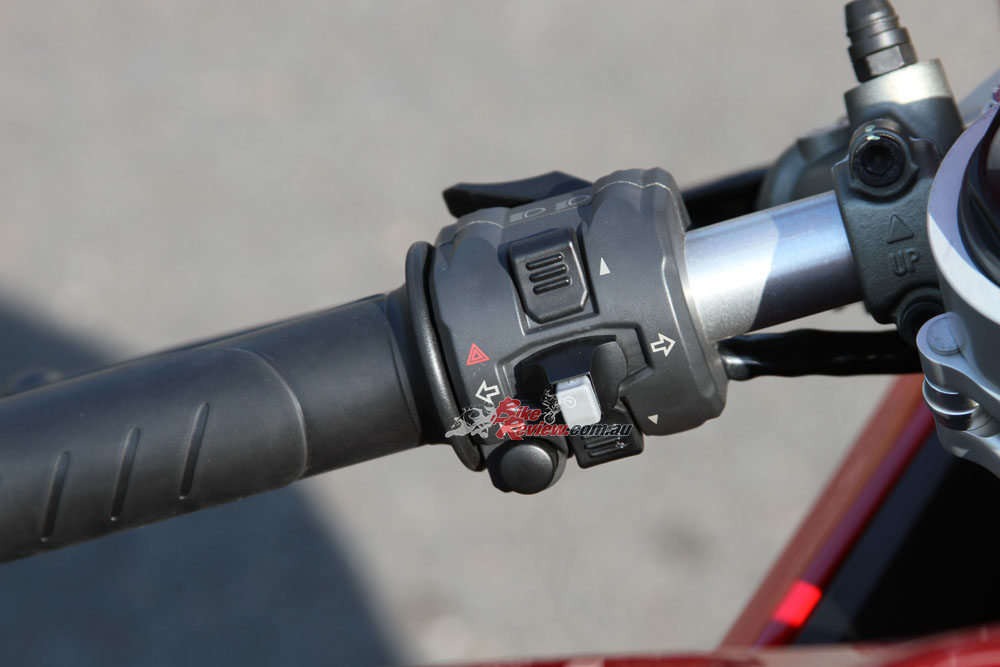 2016 Ducati 959 Panigale Tech Talk
2016 Ducati 959 Panigale Tech Talk
To create the 959 Ducati took the Superquadro engine of the 899, the bore size of 100mm and stroke of 57.2mm and increased the bore to 60.8mm, the same as the 1299 and thus the same cylinders and cases across all models and only a difference in stroke. This stroke figure is less extreme than the 1299, offering better low rpm and low speed performance and a cracking top end with the ability to make peak power at 10500rpm, 250rpm lower than the 899.
Marco Sairu and his team also had vast experience with the 100mm bore, first used in the bike that won Troy Bayliss his 2001 crown. The 996 F01 was a 998cc Testastretta with a 100mm x 63.5mm bore and stroke running 13.0:1 and above compression ratio. It produced a whopping 176hp@12000rpm and ran 42mm EX / 36mm IN valves.
Valve clearance intervals are still an incredible 24,000km.
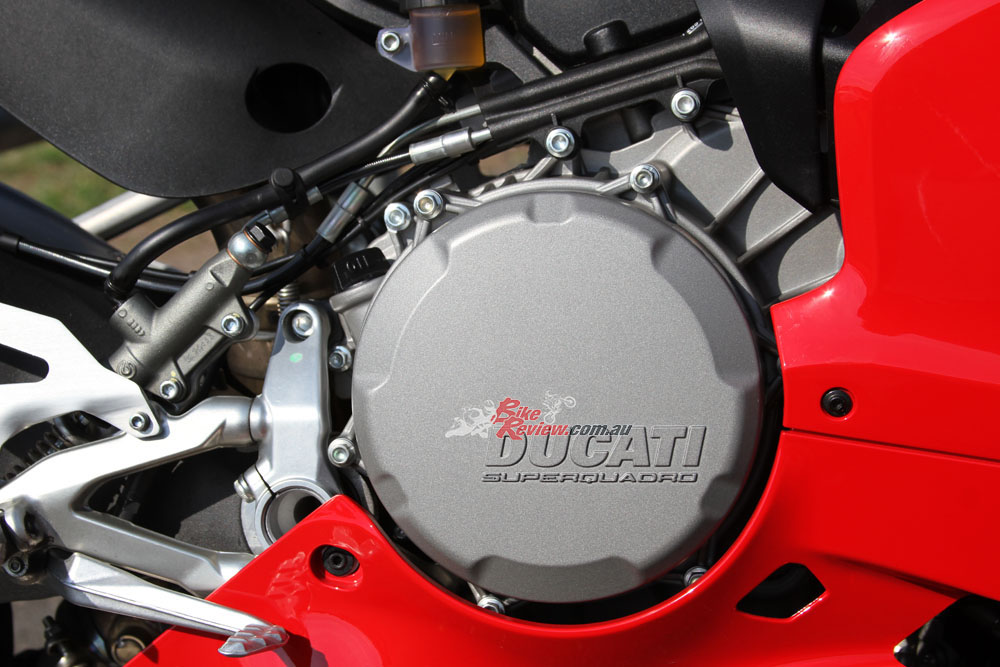 The 959 engine is, like the 1299, a fully stressed member of the chassis.
The 959 engine is, like the 1299, a fully stressed member of the chassis.
The cylinders are at 90º and are rotated backwards on the cases for optimum weight distribution. The crankcases are vacuum die-cast units incorporating cylinder water jackets. The cylinders are wet liners that are inserted from the top of the cases then the heads bolt straight to the crankcases. All covers are aluminium but magnesium covers can be purchased.
In true MotoGP style, oil is scavenged by a vacuum pump driven by the main oil pump shaft, maintaining a constant vacuum in the crankcases below the pistons, reducing atmospheric resistance during the down stroke.
The bore and stroke for the Supermid version of the Superquadro were chosen after simulations and offer an attractive balance of torque and power while allowing sufficient area for large valve diameters of 41.8mm IN and 34mm EX. The valves are actuated by DLC coated rocker arms.
The 959’s VE or Volumetric Efficiency is achieved with the help of oval throttle-bodies of 62mm. They run a single injector per cylinder positioned below the throttle butterfly. The 959 also inherit the 1299 secondary air system.
The gearbox is shared with the Superquadro engine, while the clutch is a slipper item and the engine meets Euro4 regulations.
The 959 Panigale shares the same top level electronics as the 1299, however, uses Mitsubishi rather than Marelli for the ECU. It also runs the fantastic Bosch 9MP ECU for the Brembo ABS. The DSP (Ducati Safety Pack) includes three levels of ABS, with Race mode only activating on the front, Ducati Traction Control (DTS), Ducati Quick Shift (DQS), Engine Brake Control (EBC) and Ride-by-Wire (RbW) throttle control.
The 959 instruments run LCD display showing rpm, gear, speed, fuel, trip, temp, Riding Modes, lap timer, air temp.
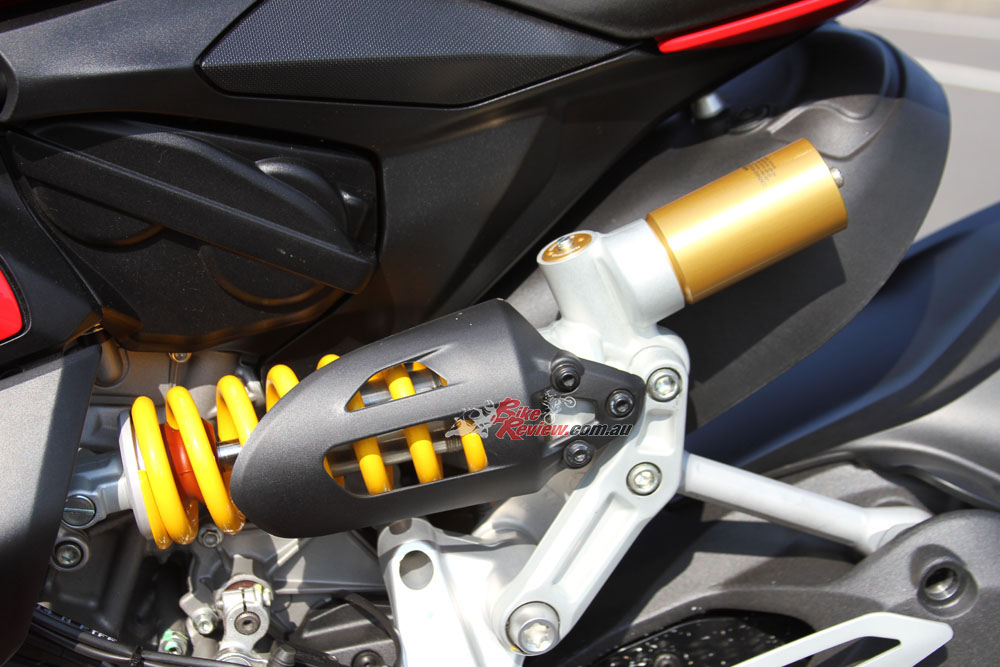 The chassis is the same as the 1299 with some changes to geometry, wheel size and swingarm type. The compact monocoque construction integrates the airbox to become one of the key elements in reducing the overall dry weight to an impressive figure of 176kg, 7kg more though than the 899 non ABS version was.
The chassis is the same as the 1299 with some changes to geometry, wheel size and swingarm type. The compact monocoque construction integrates the airbox to become one of the key elements in reducing the overall dry weight to an impressive figure of 176kg, 7kg more though than the 899 non ABS version was.
Using the Superquadro engine as a stressed member of the chassis, the short and strong aluminium monocoque is die-cast and attaches to the cylinder-heads, protruding forward to house the steering head bearings and form the airbox. The airbox is sealed by the bottom of the 17L steel 0.8mm thick pressed fuel tank.
With a front geometry of 24º rake and 96mm trail, a fully die-cast aluminium double-sided swingarm provides the wheelbase of 1431mm, 5mm longer than the 899, setting a weight distribution of 51%/48%. The 899 was 52/48.
Suspension is from Showa and Sachs. The forks are 43mm Showa BPF inverted units that are fully adjustable. A fully adjustable Sachs shock looks after the back end and is mounted to the rear-cylinder on the left-hand side making the shock very accessible for adjustment. The mounting point threw a challenge to engineers as some cylinder lining deflection was detected during suspension action, potentially causing ring blow-by. This was eliminated with cylinder design and mounting point design. The rear link is a progressive link.
The chassis rolls on lightweight 10-spoke alloy wheels helping with fast changes of direction. The standard tyres are Pirelli Diablo Rosso Corsa 120/70 – 17 and 180/60 – 17.
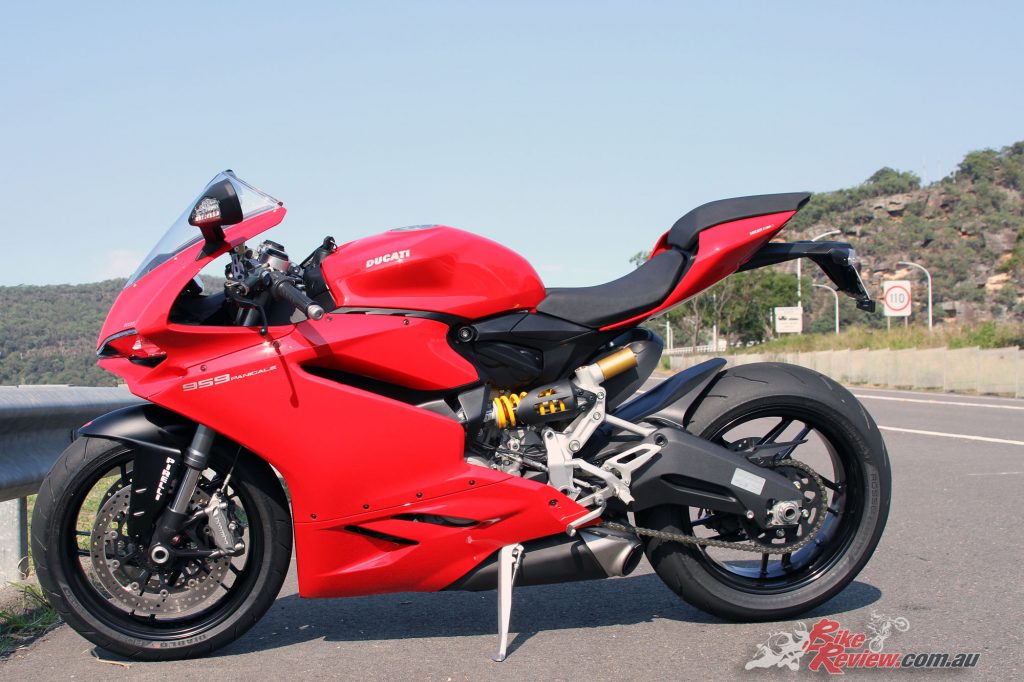
2016 Ducati 959 Panigale Specifications
Price: $19,990 Red, $20,990 White
Warranty: Two-year/unlimited kilometre
Colours: White, Red
Claimed power: 115.5kw[157hp]@10500rpm
Claimed torque: 104.7Nm [79.2lb-ft]@9000rpm
Claimed weight: 176kg dry, 200kg wet
Fuel capacity: 17L
Engine: 955cc liquid-cooled L-twin four-stroke, 100 x 60.8mm bore x stroke, 41.8mmIN and 34mmEX valves, 12.5:1 compression, 62mm throttle-bodies, Mitsubishi with ride-by-wire throttle, EBC, DQS, DTC, multi maps.
Gearbox: Six speed
Clutch: Wet, multiple-plate, hydraulic actuation non-slipper
Chassis: Monocoque aluminum, Aluminum double-sided swingarm, Wheelbase: 1431mm, Rake: 24º, Trail: 96mm
Suspension: Front: Showa 43mm BPF forks, 120mm travel, Sachs steering damper. Rear: Fully adjustable Sachs unit; adjustable linkage: progressive, 130mm travel
Brakes: Front: dual 320mm semi-floating rotors, radial mounted Brembo Monobloc four-piston calipers – ABS. Rear brake: 245mm rotor, two-piston caliper
Wheels & Tyres: 10-spoke light alloy, 3.50 x 17in & 5.50 x 17in, Pirelli Diablo Rosso Corsa tyres
Dimensions:
Seat height: 830mm,
Overall Height: 1115mm
Overall Length: 2056mm
Instruments: Full LCD display
The Verdict | Review: 2016 Ducati 959 Panigale
Outstanding
Superbike performance in a supersport package…


